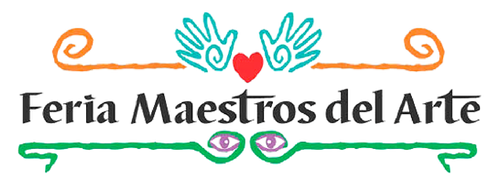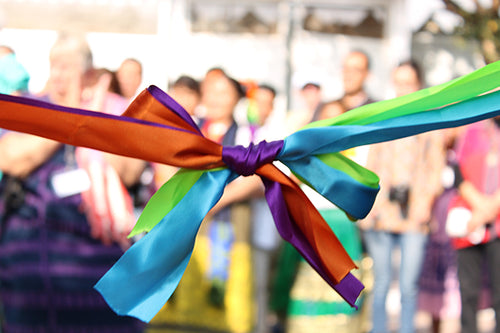
Iván Pugga González, Aguascalientes, Aguascalientes
La loza blanca o mayólica es una cerámica tradicional traída por los españoles en el siglo XVI y que cobró especial relevancia en tres ciudades de la República Mexicana: Puebla, donde se le llamaba talavera , Guanajuato y Aguascalientes. En Aguascalientes, el barrio de Guadalupe fue una de las últimas zonas en dejar de producirla a finales de los años 80, pero su influencia y tradición permanecieron impregnadas en la
Identidad de todos los Aguascalientes.
Hace once años, preocupado y con especial interés en esta técnica y trabajo artesanal, Iván Pugga, egresado de la Universidad de las Artes, inició su proyecto de rescate de esta mayólica . El artista y
El empresario aclara que desde que se formó en esa universidad, siempre tuvo un interés especial por este material y una vez que comenzó a trabajar en el Centro de Artes Oficios pudo comenzar su acercamiento de una manera más directa.
Iván comenzó con la práctica y, una vez que se involucró de lleno, obtuvo una beca de Conaculta para el rescate del patrimonio cultural. Para Iván, el concepto de cerámica con el que trabaja es de "autoría", es decir, no produce cerámica en volúmenes industriales, ya que su idea es preservar el aspecto artesanal y crear colecciones más pequeñas y exclusivas.
Tras varios años trabajando en el Centro de Artes y Oficios, Iván se dio cuenta de que muchas de las personas que asistían a los talleres lo hacían con el objetivo de autoemplearse. Le preocupaba crear capacitaciones para acercar su nuevo oficio a más personas y enseñar el proceso con mayor profundidad: la producción de cerámica, pastas, esmaltes y cocción.
Iván inició un proyecto llamado yacimientos de arraigo , que se centró en la experimentación con arcillas de diferentes regiones del estado. Finalmente, optó por usar dos tipos de arcilla, una para piezas de mayólica y otra para trabajos a alta temperatura. El proyecto tuvo excelentes resultados: la arcilla contiene caolín y feldespato, que aportan plasticidad, resistencia, etc., a sus piezas. El color de la arcilla también se probó y experimentó para mantenerlo lo más cercano posible a los colores utilizados en la obra.
Iván abrió su propio taller de cerámica donde emplea a varios jóvenes con formación en arte y diseño industrial. Su idea es llevar su formación a las comunidades e incluso crear alianzas con municipios para que la gente perciba este oficio como una fuente de ingresos, preservando al mismo tiempo esta rica tradición.
Para Iván ha sido profundamente gratificante haber sido parte fundamental del rescate de una tradición cultural. Como ceramista de primera generación, este proyecto también ha fortalecido su identidad en el mundo de la cerámica. Trabaja con otras dos personas en su taller, quienes se encargan de la preparación del material, el pulido, el esmaltado y la carga del horno.
Aunque ya cuentan con un espacio físico en la colonia Purísima de Aguascalientes, Iván recibió recientemente apoyo de la Secretaría de Desarrollo Económico para adquirir equipo y maquinaria para continuar con este proyecto de rescate. Iván ha sido reconocido públicamente por el INAH y el Ayuntamiento de Aguascalientes por el rescate del patrimonio cultural — Mayólico de Aguascalientes.
Calle República del Perú 904
Colonia: Jardines de Santa Elena
Aguascalientes, Aguascalientes
449 549 34 85 WhatsApp

